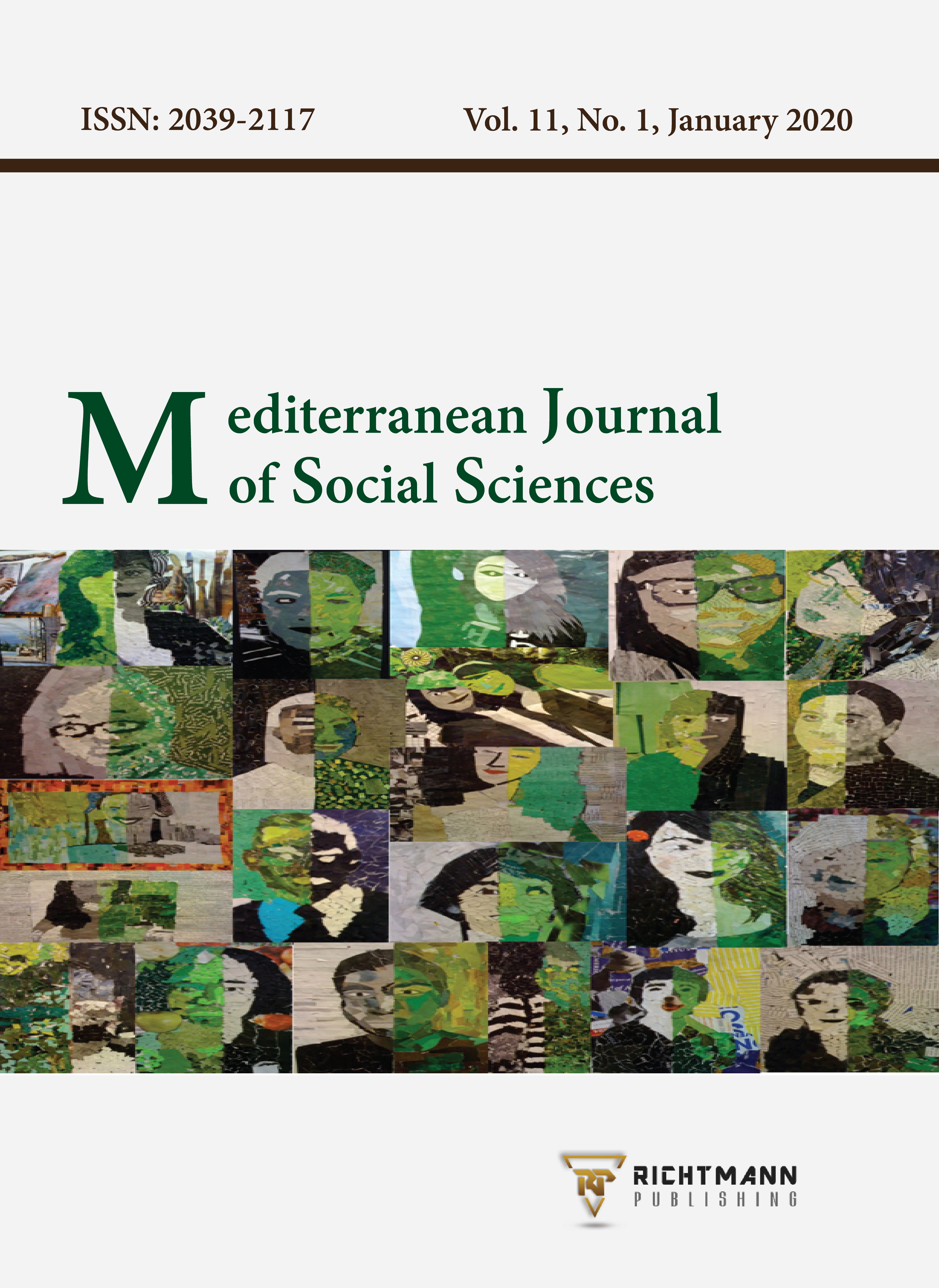Stereotypical Gender Attributions across Sexual Orientations on Tinder: Evidence from Turkey
DOI:
https://doi.org/10.36941/mjss-2020-0002Abstract
In this study we examine the accuracy of stereotypical gendered attributions of Tinder users and compare them across sexual orientation lines. We randomly sampled 2,539 Tinder users from Turkey and analyzed their photos for decorative artifacts. The results indicate a significant difference between heterosexual women and lesbians, with the latter adopting less feminine decorative artifacts and displaying more masculine decorative artifacts. The differences among men are not as drastic, however, homosexuals were still slightly more likely to feature feminine and gender-neutral decorative artifacts. No systematic difference was detected in masculine decorative artifacts among men. Overall, female Tinder users featured more gender-neutral decorative artifacts than males, regardless of sexual orientation. The results are discussed in relation to culture and stereotypes.
Downloads
Downloads
Published
Issue
Section
License
This work is licensed under a Creative Commons Attribution-NonCommercial 4.0 International License.











